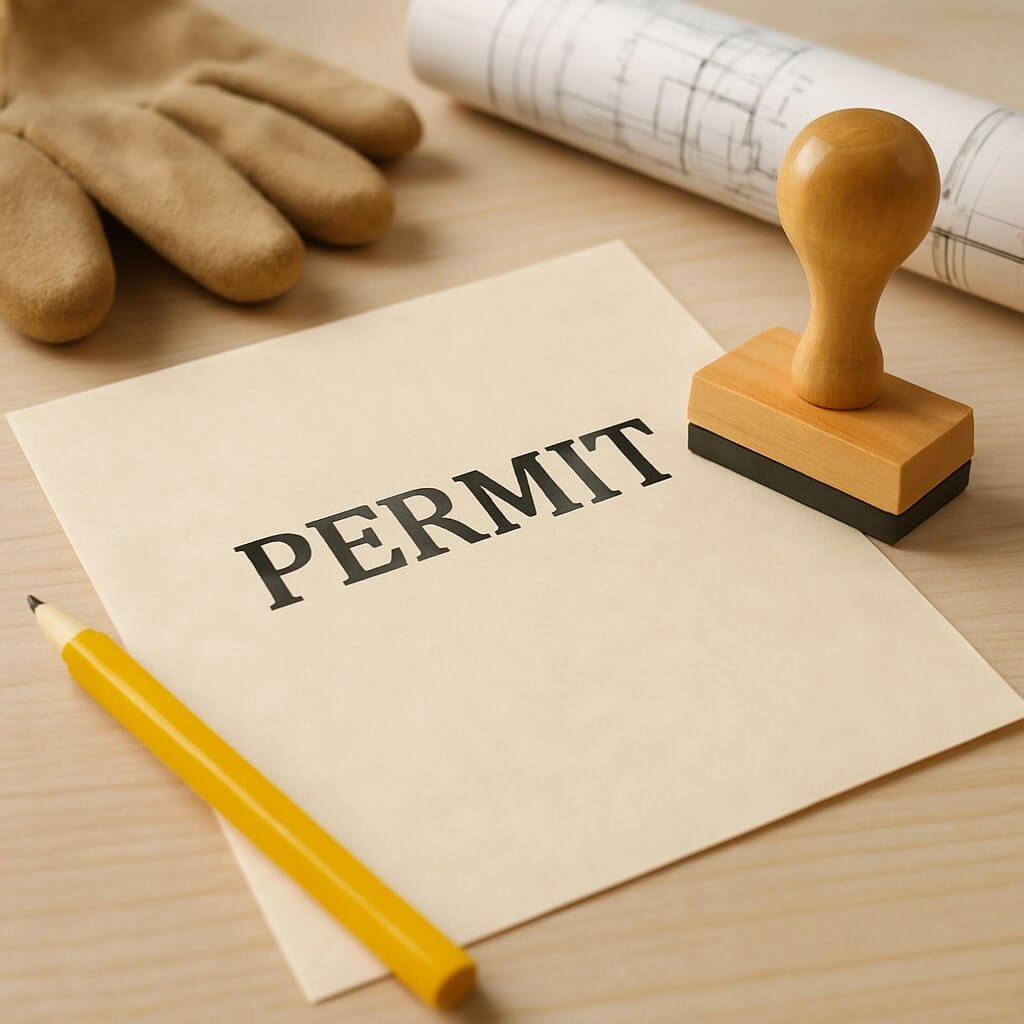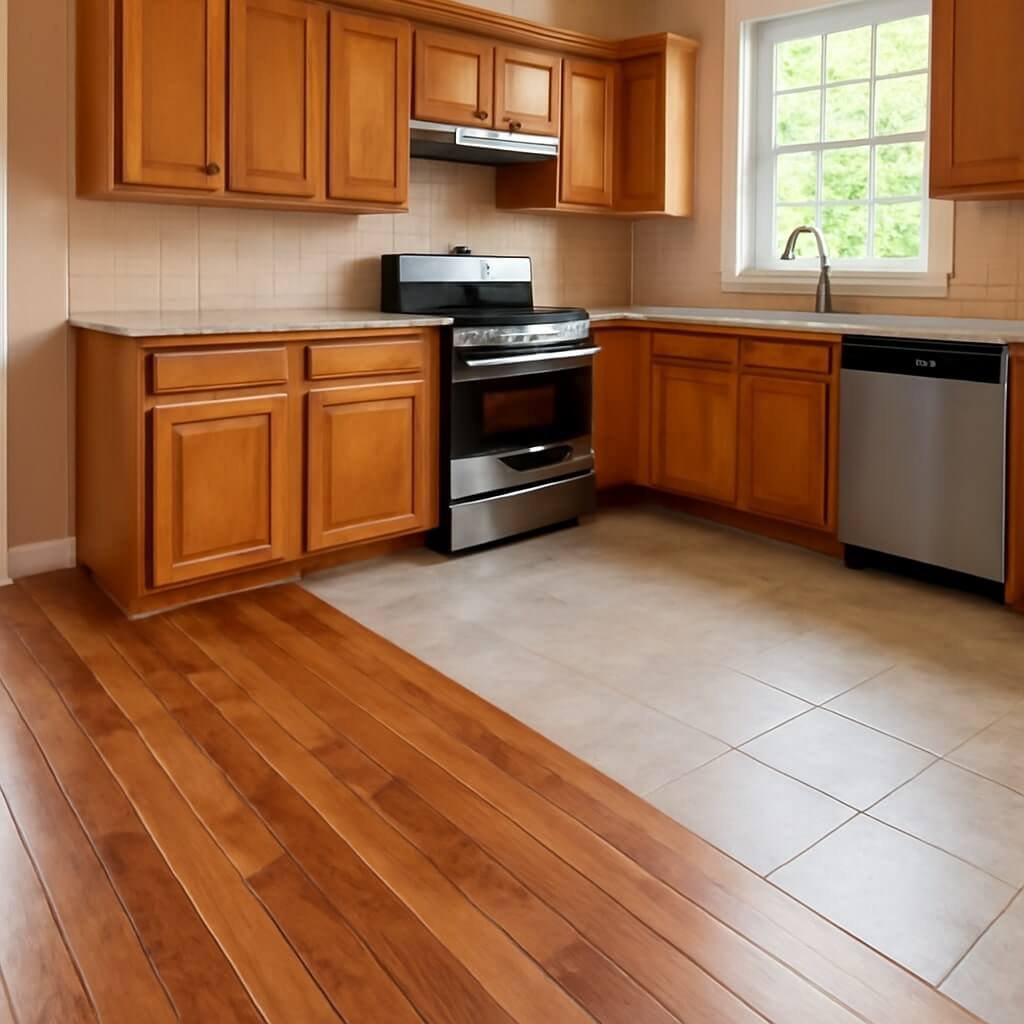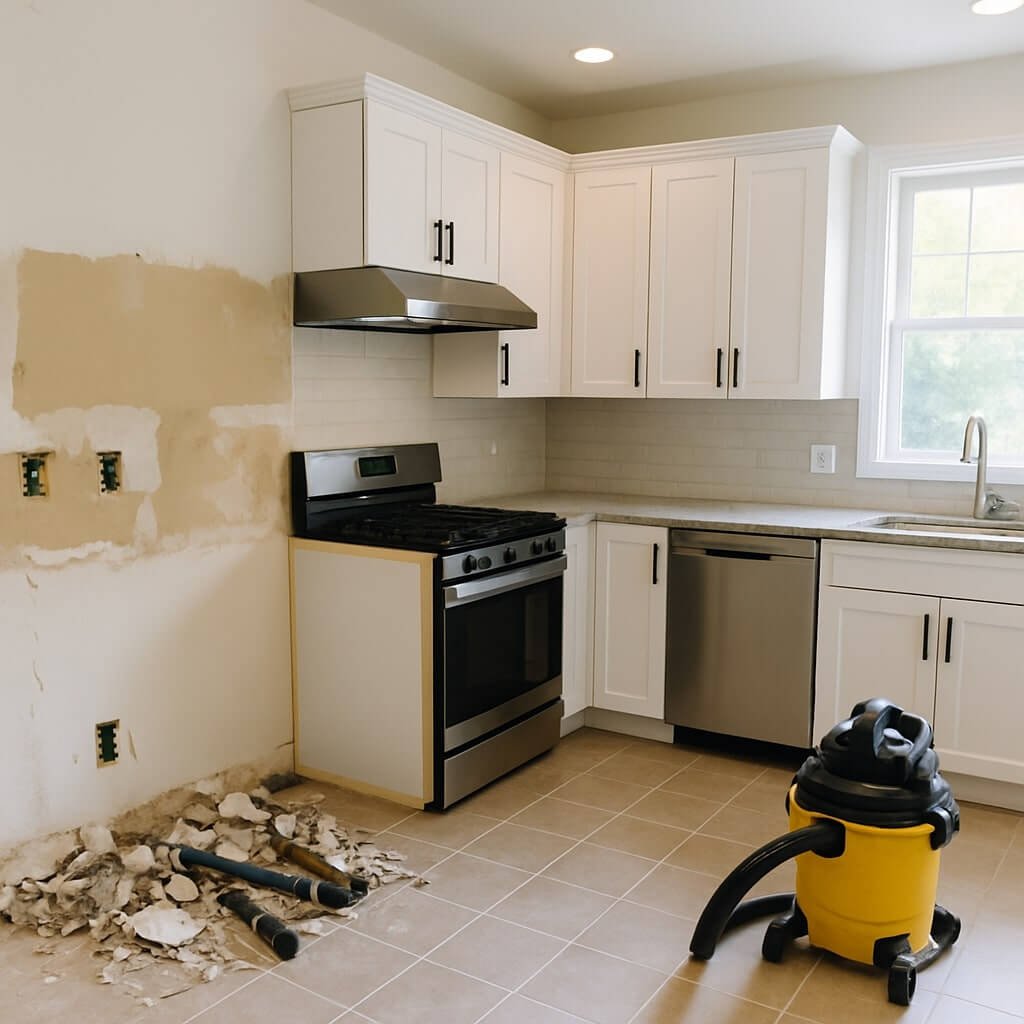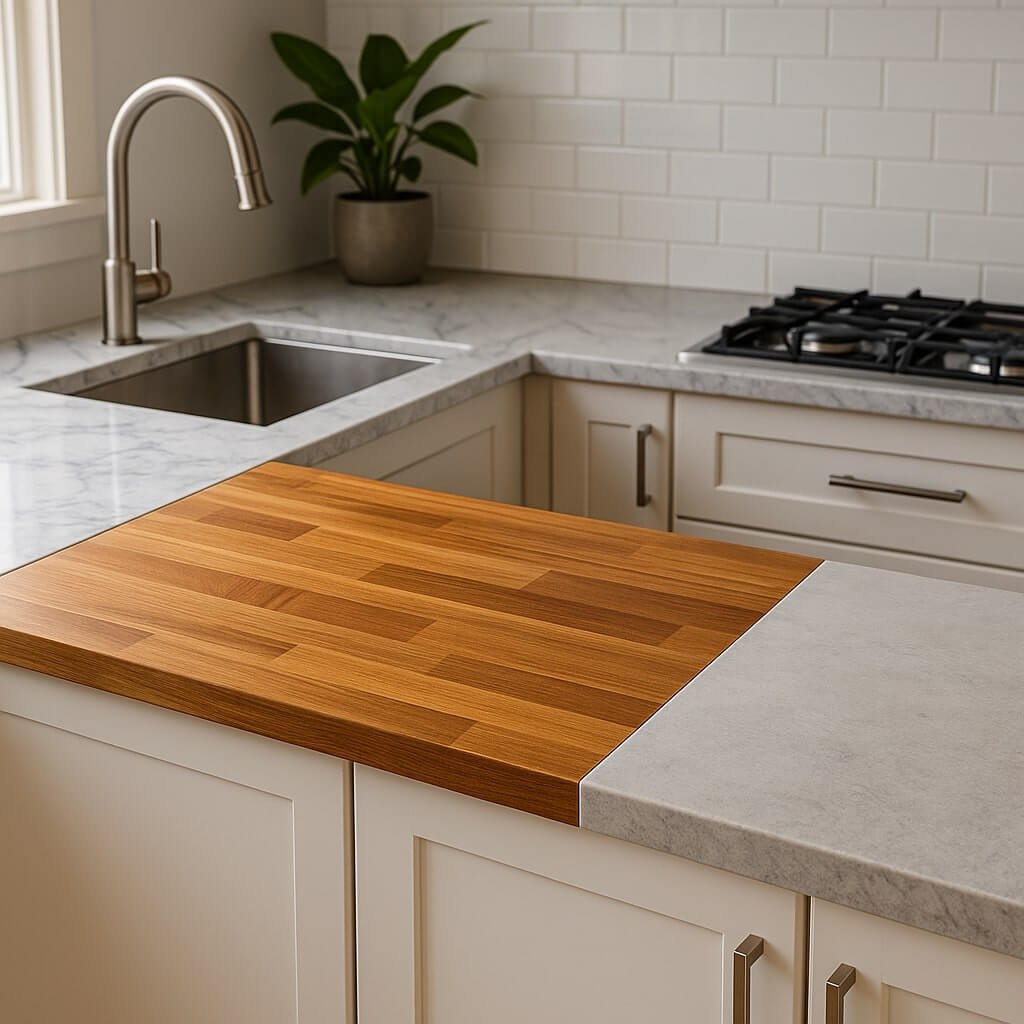Remodeling your kitchen is an exciting endeavor, but before you knock down a wall or update your plumbing, there’s one big question: What permits do you need for a kitchen remodel? Understanding permit requirements is vital not just for passing inspections but for protecting your home, investment, and safety.
Kitchen renovations often involve complex systems—electrical wiring, plumbing lines, gas hookups—that local governments regulate to ensure everything meets code. So, let’s break it all down.
Why Permits Are Crucial for Kitchen Renovations
Permits aren’t just red tape—they’re safeguards. Here’s why:
- Safety: Ensures proper installation of wiring, water lines, and structural changes.
- Legal Compliance: Local laws require permits for any work that affects the home’s infrastructure.
- Home Value: Unpermitted work can lower your resale value or derail a sale.
- Insurance Coverage: Claims may be denied if damage results from unpermitted work.
In short, pulling a permit is a smart move, not just a mandatory one.
Common Types of Permits for Kitchen Remodeling
Depending on the extent of your kitchen remodel, you may need several types of permits. Let’s explore each.
Electrical Permits
You’ll need this permit if you’re:
- Rewiring outlets or circuits
- Adding new lighting
- Installing GFCI or AFCI devices
Local inspectors ensure wiring meets National Electrical Code (NEC) standards, especially around water sources like sinks and dishwashers.
Plumbing Permits
Required if you’re:
- Moving or installing sinks
- Relocating or upgrading drain lines
- Adding a dishwasher or garbage disposal
Any major change to water or sewer lines requires city oversight.
Structural Permits
Needed when:
- Removing walls (especially load-bearing ones)
- Changing floorplans
- Reinforcing floors to support islands or appliances
An engineer or architect may need to provide signed drawings.
Mechanical Permits
Applicable for:
- Changing or adding ventilation
- Installing range hoods
- HVAC updates within the kitchen
Mechanical systems must comply with local air quality and ventilation codes.
When You Might Not Need a Permit
Good news: Not every kitchen tweak requires paperwork. You likely don’t need a permit if you’re:
- Replacing cabinets
- Installing new countertops
- Painting walls
- Swapping out appliances (same location, no gas/electrical changes)
Still, it’s smart to double-check with your local authority.
How to Apply for a Kitchen Remodel Permit
The process isn’t as intimidating as it sounds if you’re prepared. Follow these steps:
Local Building Department
Visit or contact your local city or county building office. Most now have online portals for applications.
Required Documentation
Bring or upload:
- Floor plans
- Scope of work
- Contractor license (if using one)
- Engineering reports (if structural)
Timeline and Approval Process
After submission, you’ll typically wait:
- 1–3 weeks for review
- Possible revisions or clarifications
- Scheduled inspections during or after construction
Pro tip: Build buffer time into your remodeling schedule.
Costs of Kitchen Remodel Permits
Permit fees vary widely by location and scope, but expect:
| Permit Type | Average Cost (USD) |
|---|---|
| Electrical | $50–$500 |
| Plumbing | $50–$800 |
| Building/Structural | $200–$2,000+ |
| Mechanical | $100–$500 |
Some cities charge a percentage of the remodel cost. Always ask for a fee schedule.
What Happens If You Skip Permits?
Skipping permits might save money upfront, but it can lead to:
- Fines or penalties
- Required demolition of completed work
- Insurance claim denials
- Difficulty selling the home
Worst case? You’ll pay twice—once for the work, and again to redo it legally.
Tips for a Smoother Permitting Process
Here’s how to stay ahead:
- Research early: Know which permits your job needs
- Hire pros: Licensed contractors often handle permits for you
- Be honest: Don’t underreport the project scope
- Stay organized: Keep receipts, plans, and approvals
You’ll thank yourself later.
How Contractors Can Help with Permits
Working with a licensed contractor simplifies things because they:
- Know local codes inside and out
- Have existing relationships with permit offices
- Can pull permits under their license
- Ensure all work passes inspection the first time
Ask if permit services are included in their quote.
Regional Differences in Permit Laws
Building codes vary by state and city. For example:
- California has strict energy and environmental rules.
- Texas may have looser rural guidelines but stricter urban codes.
- Florida includes hurricane-related requirements for cabinetry and windows.
Always check your city’s municipal website or consult with a local pro.
FAQs About Kitchen Remodel Permits
1. Do I need a permit just to change my countertops?
Usually not, unless you move plumbing or gas lines.
2. What if I already remodeled without a permit?
You may need to apply for a retroactive permit and pass inspections, or remove the unapproved work.
3. Can I apply for permits as a homeowner?
Yes, in most places. But you must follow the same building codes and inspections as a contractor.
4. How long are permits valid?
Typically 6–12 months, depending on your area. They can often be extended.
5. Do I need permits for cabinet installation?
Only if it involves electrical, plumbing, or structural changes.
6. Is it cheaper to remodel without permits?
Initially, yes. But the long-term risks—legal issues, fines, resale problems—often outweigh the savings.
Conclusion: Plan, Permit, Prosper
So, what permits do you need for a kitchen remodel? The answer depends on your project scope. But one thing’s for sure—getting the right permits is a step toward a smoother, safer, and more valuable renovation.




